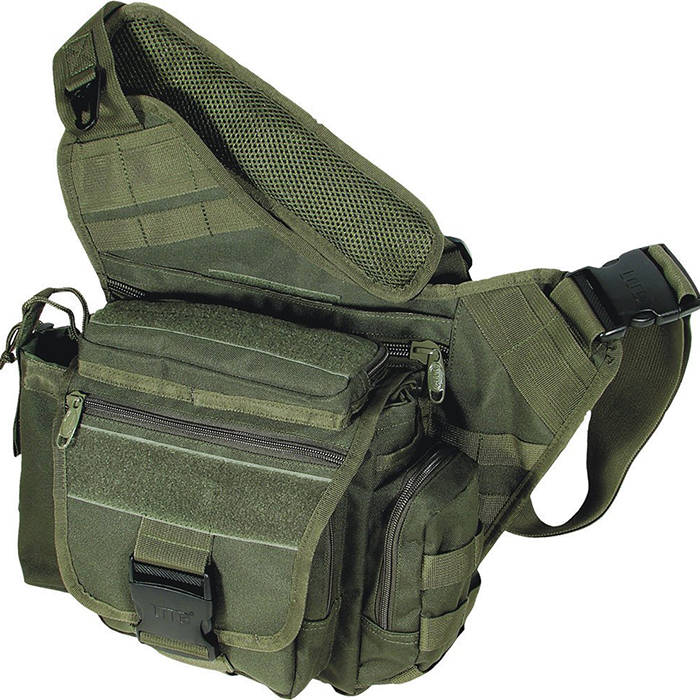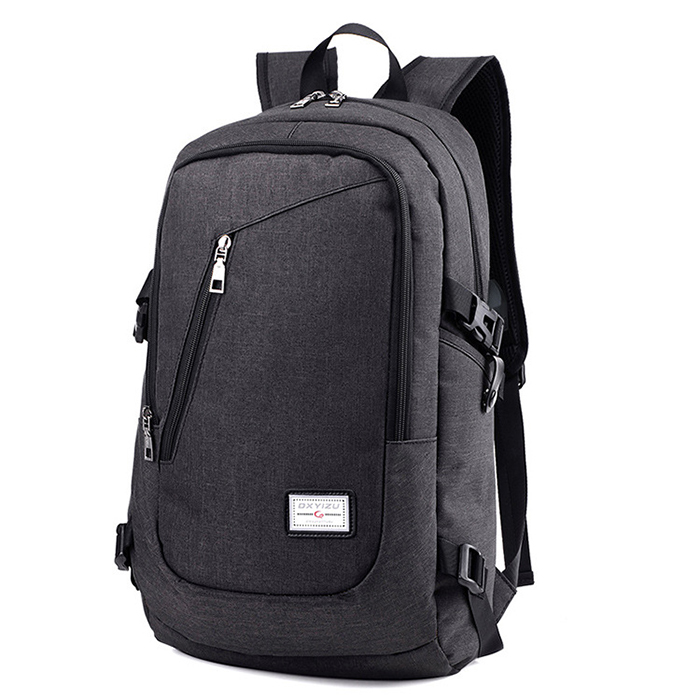A good backpack can make your trip more comfortable. As the most important part of self-service travel, the design and capacity of the backpack are directly related to the success of the trip. Depending on the length of the journey and actual needs, backpacks of different capacities may be determined. Generally, there are different types such as more than 30 liters to 70 liters. My backpack is very large at 70 liters. Professional backpacks will have two aluminum tube support structures to distribute the force evenly to each load point. Generally, there will be many plugs on the outside of backpacks, such as kettles and tripods. Waiting for many things.
The correct way to pack a backpack is to balance the things on both sides and the heavy things on top. Generally, the backpack is divided into two layers, and the lower layer can be used for sleeping bags and shoes.
(1) Packing
Put the tent, sleeping bag, and moisture-proof pad into the backpack, put your own clothes in the gaps of these things, and put the food and other sundries on it. The common things are in the side pockets of the backpack, such as toilet paper , Flashlight, kettle, etc. Note: Heavy things should be placed on the upper part of the backpack, and do not place sleeping bags and moisture-proof pads on the ground casually when packing, so as to avoid soiling or letting insects crawl in.

(2) Backpack
Loosen the shoulder strap, put the bag in a higher position or let others support it, and then tighten the belt and shoulder strap after carrying the bag. Tightening the belt of the backpack is to allow most of the weight of the bag to be distributed to the waist and hips. Keep your shoulders tiring; tighten the straps to get the backpack closer to your back, and keep your balance during walking. During the team training, each backpack has a backpack number. Please remember your bag number to avoid getting it wrong.

